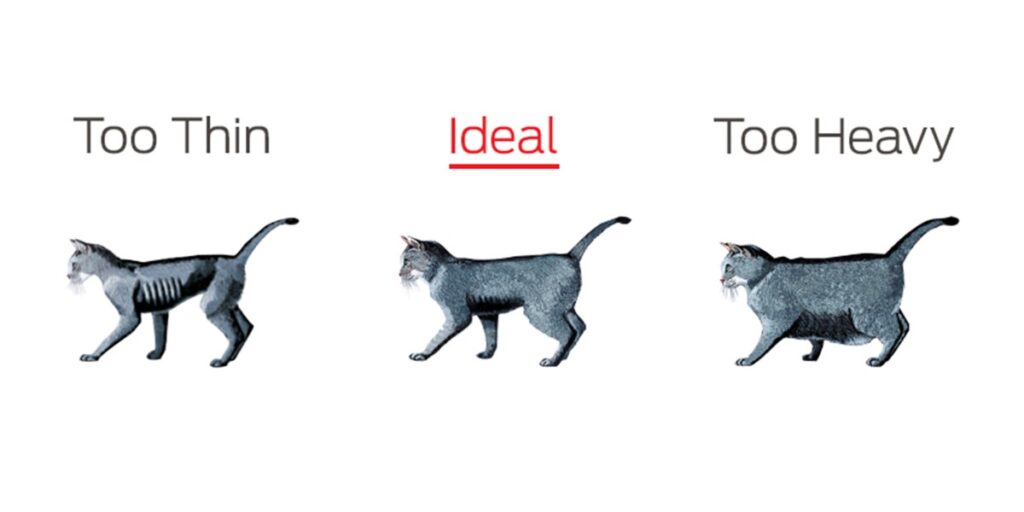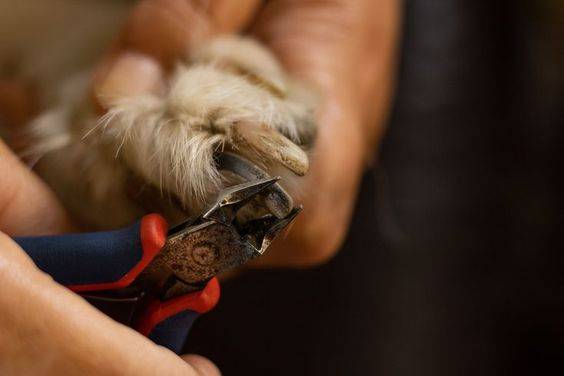Owning a horse is a significant commitment, involving both time and financial resources. Ensuring your horse health insurance and well-being is paramount, and one crucial aspect of this responsibility is selecting the right health insurance. Horse health insurance can provide peace of mind and financial protection against unexpected medical expenses. In this comprehensive guide, we’ll explore the key factors to consider when choosing the right health insurance for your horse, ensuring you make an informed decision that best suits your needs and those of your equine companion.

Understanding Horse Health Insurance
Horse health insurance, much like human health insurance, is designed to cover veterinary expenses incurred due to illness, injury, or accidents. Policies vary significantly in terms of coverage, exclusions, premiums, and benefits, making it essential to thoroughly research and compare options.
Types of Coverage
- Mortality Insurance: This is similar to life insurance for humans and provides a payout if your horse dies due to illness, injury, or an accident. Some policies also cover theft.
- Major Medical Insurance: Covers the cost of significant medical treatments such as surgeries, hospitalization, and diagnostics.
- Surgical Insurance: Specifically covers surgical procedures and associated costs.
- Loss of Use Insurance: Provides compensation if your horse becomes permanently unable to perform its intended use, whether that be racing, breeding, or other activities.
- Personal Liability Insurance: Covers legal expenses if your horse causes injury to a third party or damages property.
Key Factors to Consider
1. Assess Your Horse’s Needs
The first step in choosing the right health insurance is understanding your horse’s specific needs. Factors such as age, breed, health history, and primary use (e.g., racing, showing, recreational riding) will influence the type of coverage required.
Age: Younger horses may have lower premiums but can benefit from comprehensive coverage as they are more prone to accidents and developing illnesses.
Breed: Some breeds are predisposed to certain health conditions, making specific coverage more necessary.
Health History: A horse with a history of medical issues may need more extensive coverage, although pre-existing conditions are often excluded.
Primary Use: The horse health insurance primary use will determine the type of risks it faces. For instance, a racehorse might need more coverage for injuries compared to a companion horse.
2. Determine Your Budget
Understanding your budget is crucial. Horse health insurance premiums can vary widely based on the type of coverage, the horse’s age, and other factors.
Premiums: The regular cost you pay for the insurance policy. Higher premiums generally mean more comprehensive coverage.
Deductibles: The amount you must pay out-of-pocket before the horse health insurance kicks in. Lower deductibles often mean higher premiums.
Co-Payments: The percentage of the vet bill you are responsible for after the deductible is met. Higher co-payments can lower premiums.
3. Research Insurance Providers
Not all insurance providers are created equal. Researching and comparing providers can help you find the best policy for your needs.
Reputation: Look for providers with good reviews and a solid reputation in the equine community.
Customer Service: A provider with excellent customer service can make the claims process smoother and less stressful.
Claim Process: Understand the claim submission process and average payout times. Some companies are known for quicker, hassle-free claims.
4. Understand Policy Exclusions and Limitations
All insurance policies come with exclusions and limitations. It’s crucial to understand these to avoid surprises when you need to make a claim.
Waiting Periods: Many policies have waiting periods during which certain conditions or treatments are not covered.
Specific Exclusions: Some policies exclude specific conditions or types of injuries. Make sure these exclusions are acceptable to you.
5. Review Coverage Details
Carefully review what each policy covers. The devil is in the details, and understanding the specifics can save you from unexpected costs.
Routine Care: Some policies cover routine care such as vaccinations, dental care, and annual check-ups. These can be beneficial for maintaining your horse’s overall health.
Emergency Care: Ensure the policy covers emergency situations, including accidents and sudden illnesses.
Specialist Care: If your horse requires specialist care, such as an equine ophthalmologist or dermatologist, check that these services are included.
Steps to Choose the Right Policy
Step 1: Evaluate Your Horse’s Health and Lifestyle
Start by assessing your horse’s current health, medical history, and lifestyle. Note any recurring health issues or specific needs that may require special attention.
Step 2: Set a Budget
Consider the cost of premiums, deductibles, and co-payments, and how these fit into your overall budget.
Step 3: Gather Information
Collect information from multiple horse health insurance providers. Request sample policies, quotes, and details about coverage options.
Step 4: Compare Policies
Use a comparison tool or create a spreadsheet to compare policies side by side. Look at coverage details, exclusions, premiums, deductibles, and customer reviews.
Step 5: Read the Fine Print
Pay attention to the exclusions, waiting periods, and any conditions that might affect coverage.
Step 6: Seek Professional Advice
Consider consulting with an equine horse health insurance broker or a veterinarian for advice. They can provide insights based on their experience and knowledge of the industry.
Step 7: Make an Informed Decision
After thorough research and consideration, choose the policy that best meets your horse’s needs and fits within your budget. Ensure you understand the claims process and have all necessary documentation ready.
Tips for Maximizing Your Horse Health Insurance
Regular Health Check-Ups
Regular veterinary check-ups can help detect health issues early and ensure they are covered by insurance. Many policies require routine care to maintain coverage for more serious conditions.
Keep Detailed Health Records
Maintain accurate and detailed records of your horse’s health, treatments, and any incidents. This documentation can be crucial when filing a claim.
Communicate with Your Vet
Inform your veterinarian about your horse health insurance coverage. They can help you navigate the policy requirements and ensure that treatments are documented properly for claims.
Update Your Policy as Needed
Review your insurance policy annually and update it as necessary. Changes in your horse’s health, age, or primary use may require adjustments to your coverage.
Inference
Choosing the right health insurance for your horse is a vital step in ensuring their well-being and protecting yourself from unexpected financial burdens. By understanding your horse’s specific needs, setting a budget, researching providers, and carefully reviewing policies, you can make an informed decision that provides peace of mind and comprehensive coverage. Regular check-ups, detailed health records, and clear communication with your vet will help you maximize the benefits of your horse health insurance, ensuring your equine companion receives the best possible care.
Investing time and effort into selecting the right health insurance policy is a worthwhile endeavor. It not only safeguards your horse’s health but also strengthens the bond you share, knowing that you are prepared for any medical challenges that may arise.







